 THE MINERAL MUSCOVITE
THE MINERAL MUSCOVITE
- Chemistry: KAl2(AlSi3O10)(F, OH)2, Potassium aluminum silicate hydroxide fluoride.
- Class: Silicates
- Subclass: Phyllosilicates
- Group: Micas
- Uses: heat and electrical insulator for industrial purposes.
Specimens
Muscovite is a common rock forming mineral and is found in igneous, metamorphic and detrital sedimentary rocks. Muscovite has a layered structure of aluminum silicate sheets weakly bonded together by layers of potassium ions. These potassium ion layers produce the perfect cleavage of muscovite. Although it has such easy cleavage, the cleavage sheets are quite durable and are often found in sands that have undergone much erosion and transport that would have destroyed most other minerals. The sheets of muscovite also have high heat and electrical insulating properties and are used to make many electical components. Muscovite sheets were used for kitchen oven windows before synthetic materials replaced them.
Muscovite is not often valuable as a mineral specimen but is often associated with other minerals of extrodinary beauty and value. Some very nice muscovite crystals accompany such valuable minerals as tourmaline, topaz, beryl, almandine and others. A rare twin variety from Brazil forms yellow five pointed stars and is called "Star Muscovite". A deep green variety is called fuchsite and is colored by chromium inpurities.
PHYSICAL CHARACTERISTICS:
- Color is white, silver, yellow, green and brown.
- Luster is vitreous to pearly.
- Transparency crystals are transparent to translucent.
- Crystal System is monoclinic; 2/m
- Crystal Habits include tabular crystals with a prominant pinacoid termination. Muscovites four prism faces form diamond shaped "books" and if modified by another pinacoid they form pseudo-hexagonal crystal "books". The sides of the crystal often tend to tapper. Also as lamellar rock forming masses and small flakes in detrital matterial. Twinned crystals can form flat five pointed stars.
- Cleavage is perfect in one direction producing thin sheets or flakes.
- Fracture is not readily observed due to cleavage but is uneven.
- Hardness is 2 - 2.5.
- Specific Gravity is approximately 2.8 (average)
- Streak is white.
- Associated Minerals are quartz, feldspars, beryl and tourmalines.
- Other Characteristics: cleavage sheets are flexible and elastic, meaning they can be bent and will flex back to original shape.
- Notable Occurrences include India, Pakistan, Brazil and many USA locallities.
- Best Field Indicators are crystal habit, cleavage, elastic sheets, color and associations.
 Amethyst Galleries' Mineral Gallery MINERALS |
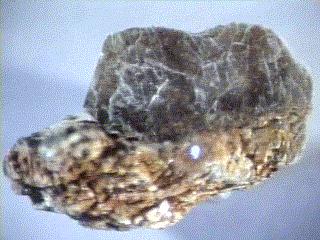
$ 60.00
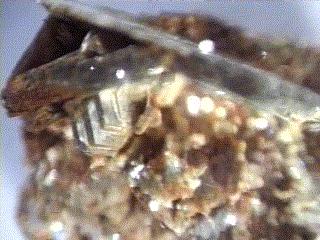

mus-1 ($ 60.00)
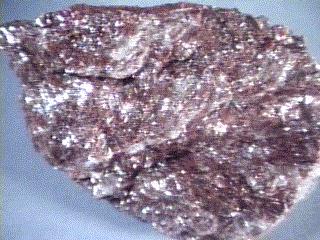
$ 35.00

mus-3 ($ 35.00)
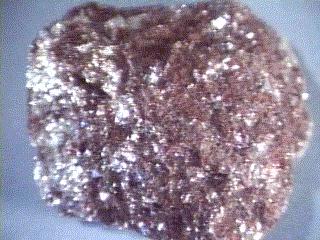
$ 40.00

mus-4 ($ 40.00)
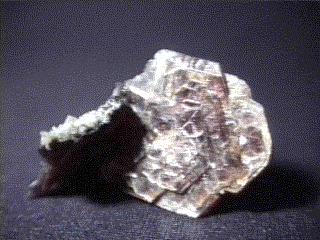
$ 27.50

mus-5 ($ 27.50)
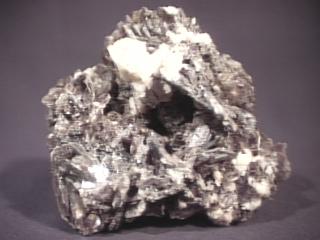
$ 42.00
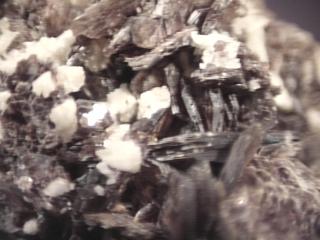

mus-6 ($ 42.00)
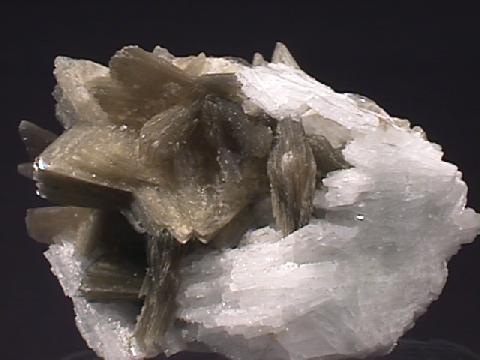
$ 34.00
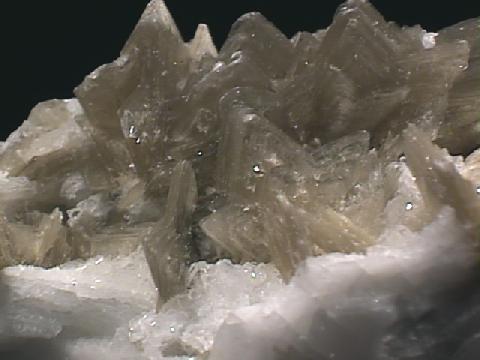

mus-7 ($ 34.00)
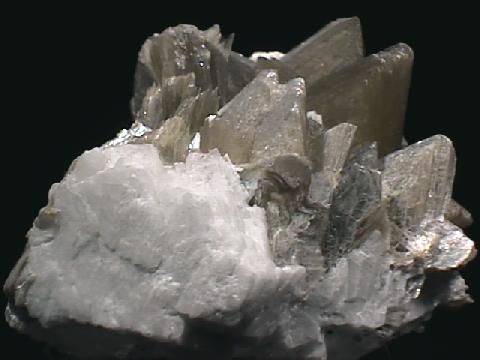
$ 38.00
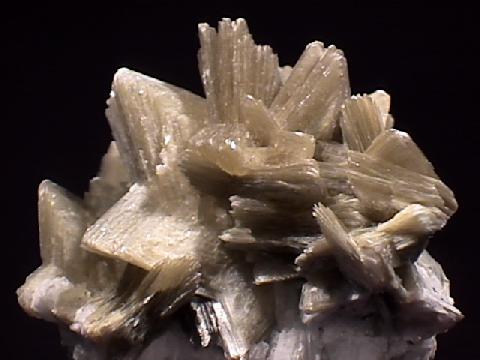

mus-8 ($ 38.00)
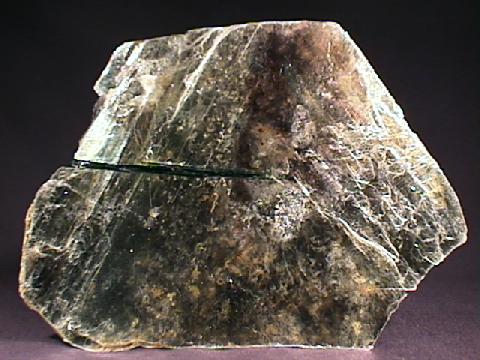
$ 36.00

mus-9 ($ 36.00)
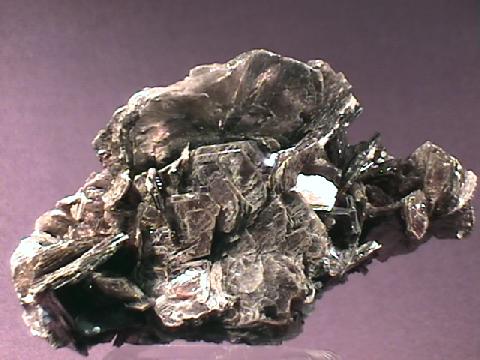
$ 35.00

mus-10 ($ 35.00)
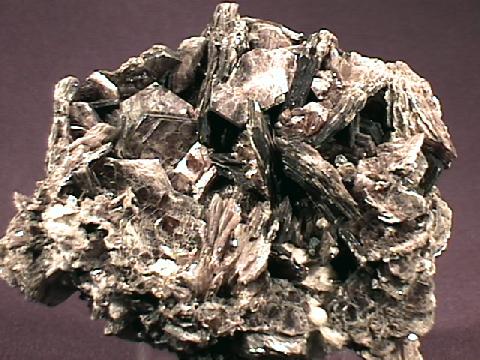
$ 30.00

mus-11 ($ 30.00)
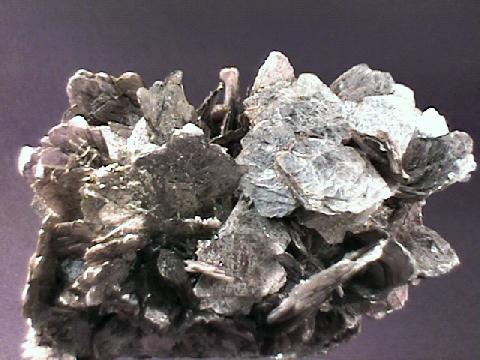
$ 30.00
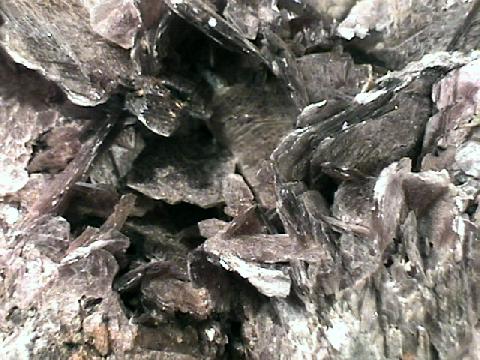

mus-12 ($ 30.00)
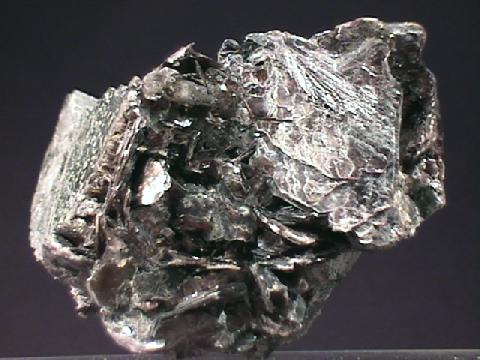
$ 45.00
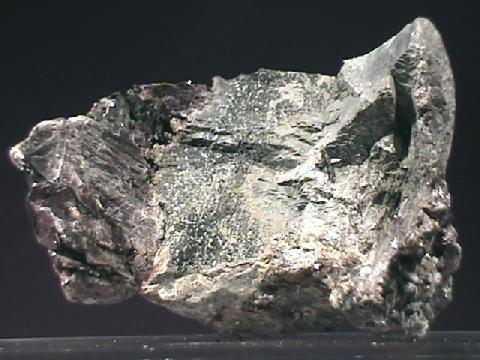

mus-13 ($ 45.00)
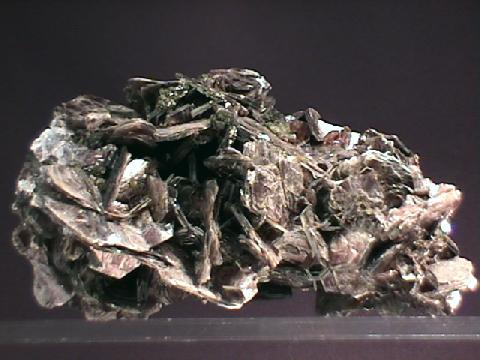
$ 75.00
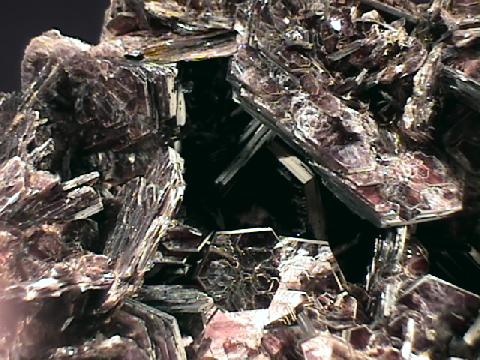

mus-14 ($ 75.00)
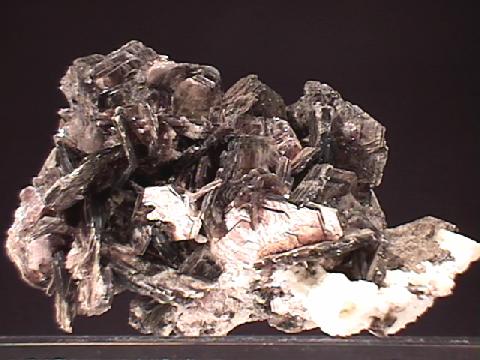
$ 75.00
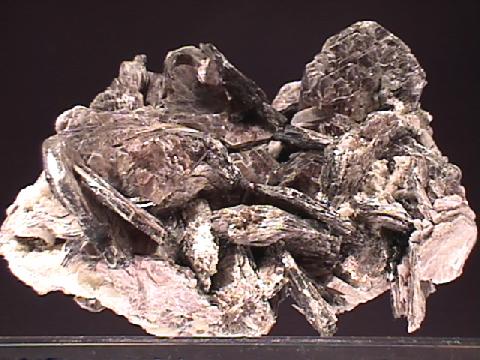

mus-15 ($ 75.00)
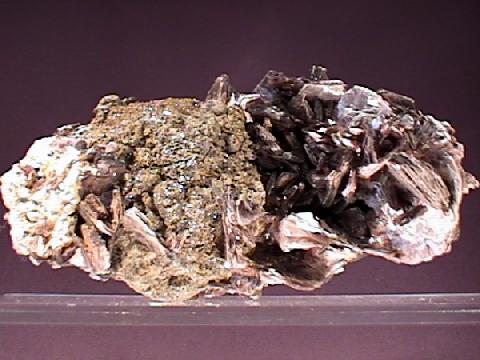
$ 36.00
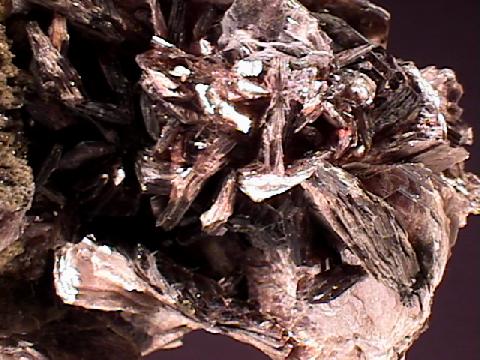

mus-16 ($ 36.00)
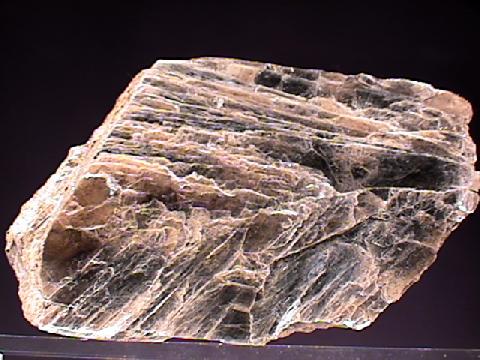
$ 38.00

mus-17 ($ 38.00)
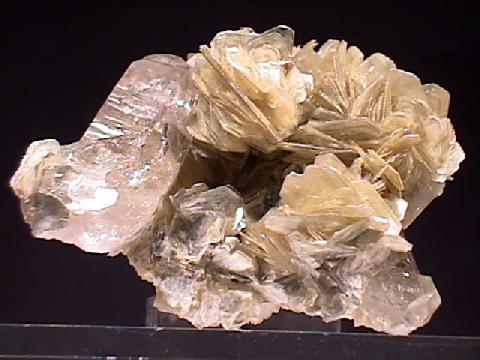
$ 60.00

mus-18 ($ 60.00)
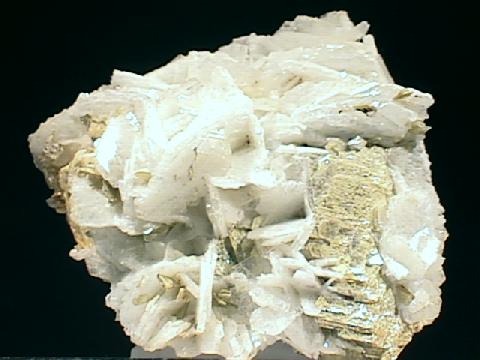
$ 60.00

mus-19 ($ 60.00)
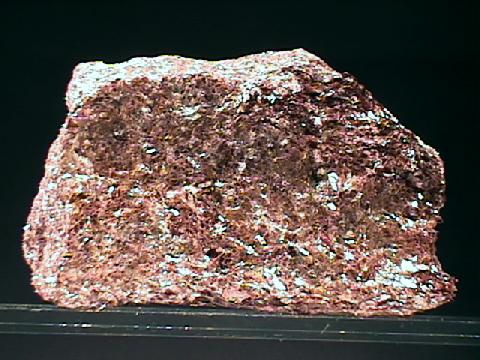
$ 26.00

mus-20 ($ 26.00)
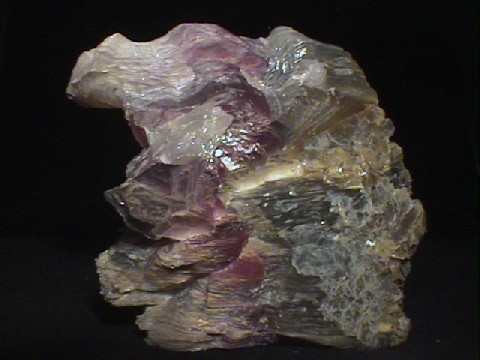
$ 100.00
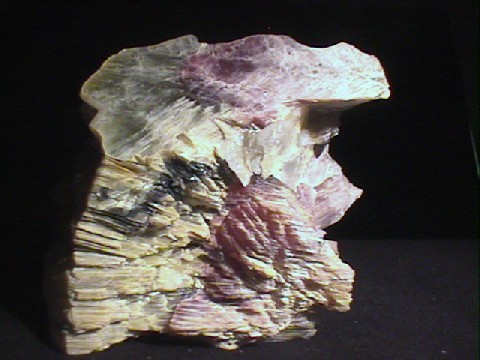

mus-21 ($100.00)
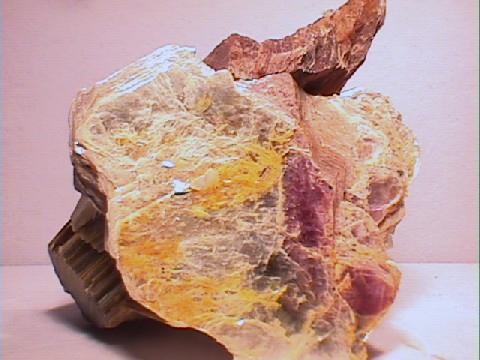
$ 37.50

mus-22 ($ 37.50)
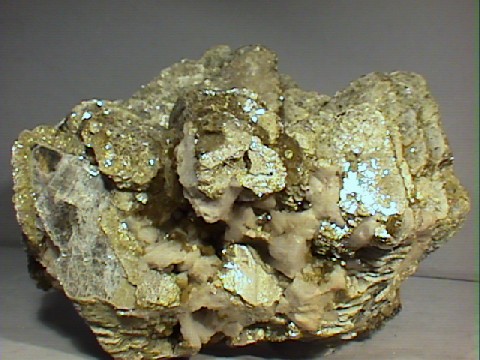
$ 75.00
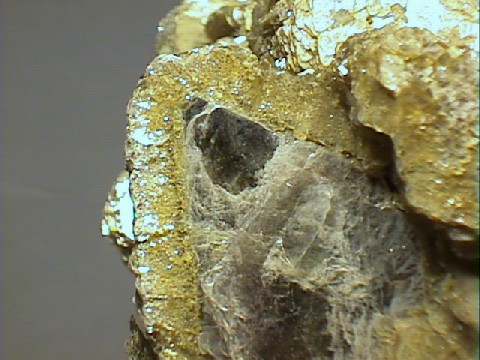

mus-23 ($ 75.00)
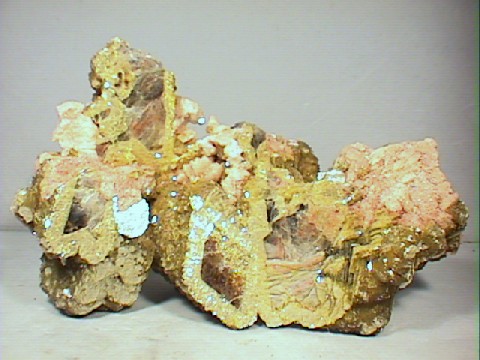
$ 53.00
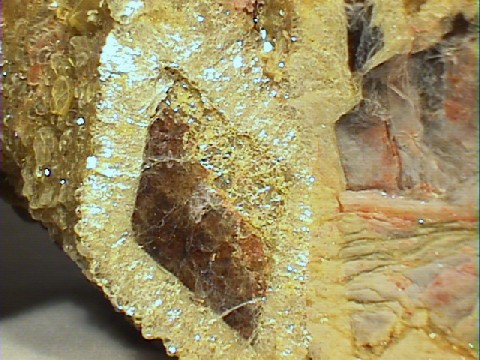

mus-24 ($ 53.00)
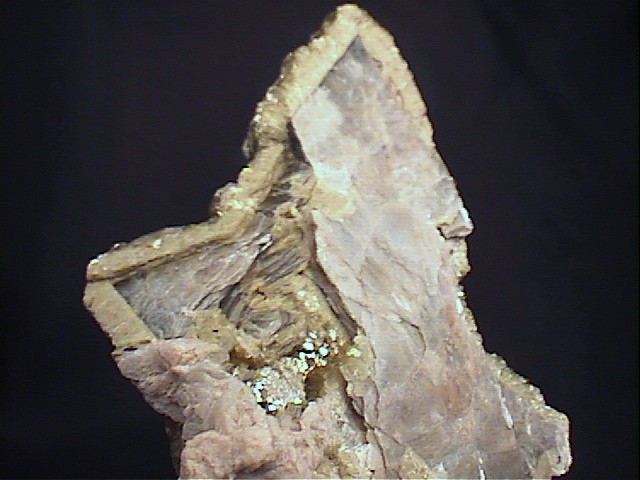
$ 75.00
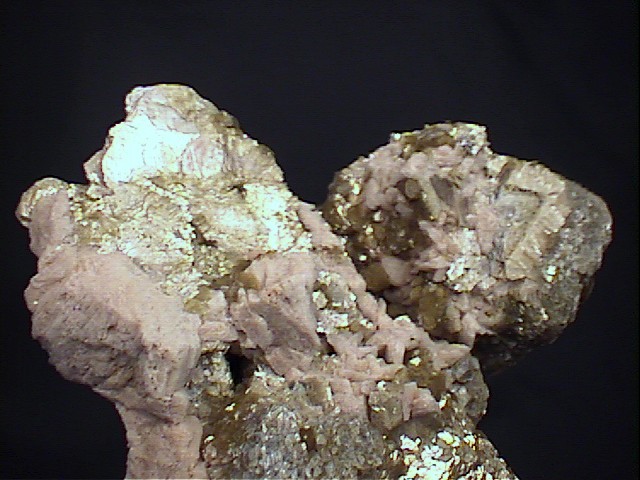

mus-26 ($ 75.00)

$ 60.00


mus-25 ($ 60.00)

$ 48.00


mus-28 ($ 48.00)